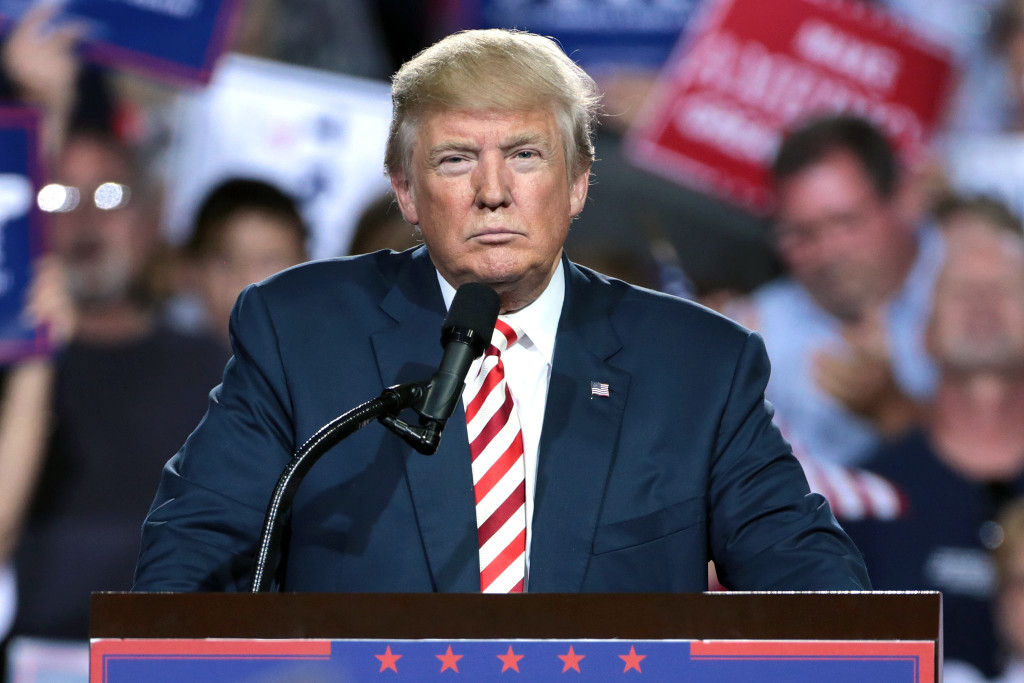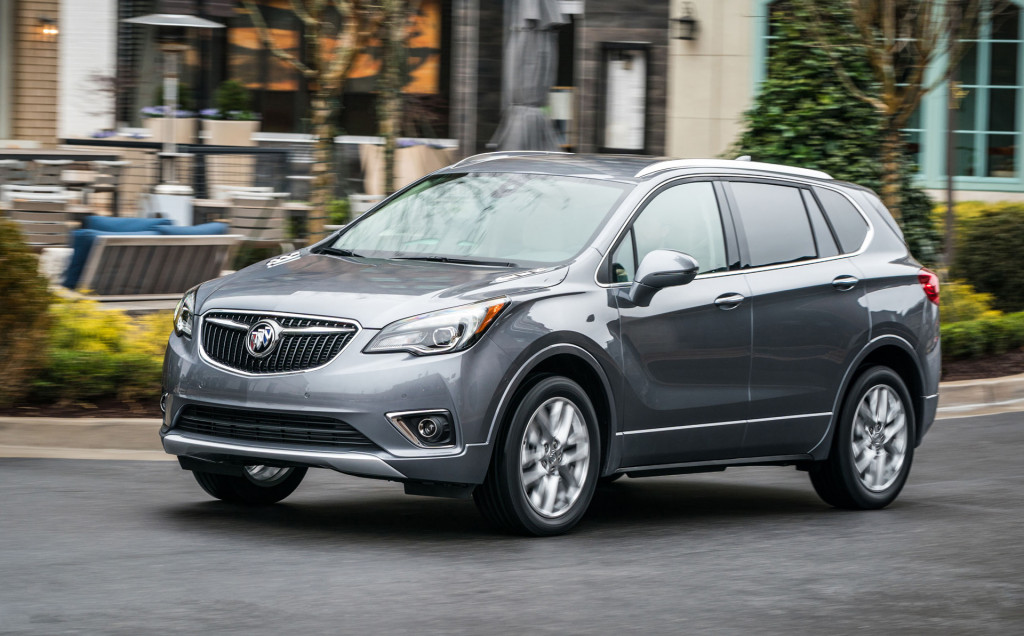Last week the Trump administration unveiled a broad drawdown of fuel-economy regulations that had been aimed at cutting emissions from passenger vehicles.
In the 978-page proposal, administration officials argued those rules implemented by the Obama administration would create lighter, potentially more fuel-efficient vehicles that would be less safe and more expensive than today’s fleet.
“Moreover, assuming that manufacturers try to pass the costs of those technologies on to consumers in the form of higher new vehicle prices, rather than absorbing them and hurting profitability, this can affect consumers’ ability to afford new vehicles,” administration officials wrote in their proposal.
The cost of including fuel-saving technology may not be offset for some buyers by using less gas during the term of that vehicle, the report suggests. Or, put simply: the juice isn’t worth the squeeze, administration officials say.
That argument is similar to others used when the regulations were first proposed and implemented. Former GM car czar Bob Lutz speculated in 2013 that the real cost of complying with federal fuel economy standards would be close to $5,000 per car—well past the EPA’s original inflation-adjusted, “real-dollar” estimate of $3,000 in 2012—or even more conservative estimates of $1,800.
Many suggested that it would turn buyers away from new cars or turn buyers toward less-expensive cars that would skip potentially expensive technology. Turbocharged engines or hybrid powertrains would add to the cost of small cars and push buyers toward bigger cars with longer footprints; a perverse incentive for tightening fuel-economy regulations, critics suggested.
Experts may not be entirely convinced.

President Donald Trump (Photo courtesy Gage Skidmore/Wikimedia Commons)
“We are struggling on making sense of the administration’s argument that more efficient and potentially more expensive vehicles will significantly slow car buying,” Mark Schirmer, spokesman for Cox Automotive, said in a statement. “…Especially when you consider that (average transaction prices) for new vehicles have been climbing steadily for years now and we are still tracking at near-record sales, or at least near the 17 million level.
“Of course, for the past few years, the economy has been growing, interest rates are low, unemployment dropping, and wages have been increasing, at least a bit. Would higher-priced, more efficient vehicles be a problem if the economy starts to wheeze?” Schirmer added.
The average transaction price for a new car hit $35,411 in April 2018, according to AutoTrader. That’s up from $31,280 in April 2012, although the experts noted that more buyers opting for bigger cars could have partially accounted for the rising average. So could the rising length of loans; the average new-car loan now takes nearly 72 months to pay off.
Critics of the proposed fuel-economy rollback have turned to the Trump administration’s proposed 25-percent imported-vehicle tariff as a potentially bigger threat to the car selling spree.
“I want to highlight the contradiction,” said Jennifer Thomas, vice president for federal government affairs at the Alliance of Automobile Manufacturers, according to McClatchy. “Any savings that consumers might be seeing in the future as a result of their actions on fuel economy might be wiped out if we continue down the path we are currently on.”

2019 Buick Envision
Her lobby group pointed to many estimates that the threatened tariffs could add thousands to the cost of U.S.- or foreign-made cars—from $2,000 to $6,000 depending on the make and model.
In a recent poll by Cox, 52 percent of consumers said that a 25-percent tariff would impact their decision on their next vehicle purchase. Nearly one in five people said they would consider buying a used car and 15 percent said they would delay the purchase until the tariff goes away.
While neither the tariff nor proposed emissions freeze has passed, it’s clear that the Trump administration may feel a protracted war on global trade is worth paying for while a long war against global warming isn’t.
Its ammunition in both fights may be consumers’ pocketbooks.













